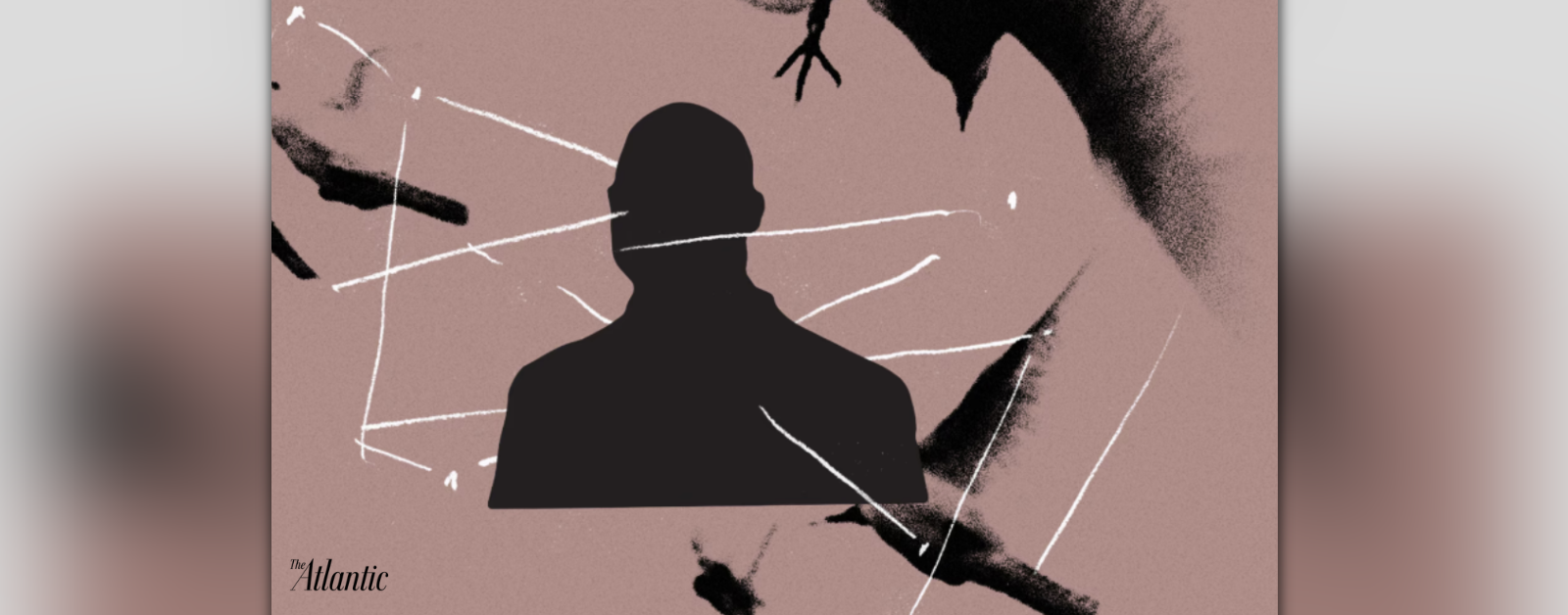I’ve struggled a bit this past week to understand how much the Buffalo shooting should be understood in a wider context of racism in the United States. Esau McCaulley’s essay for the Atlantic this week has helped me to understand the reasons to insist on connecting the dots between a legacy of enslavement, Jim Crow, and ongoing racial violence:
“The massacre unleashed a wave of Black anger and grief. But we don’t know exactly where to put it. Are we mad at the particular person who committed this heinous act? Are we angry with the media personalities who traffic in explicit and implicit anti-Black racism? Are we infuriated by the long history of these events that stalk our people? Are we grieving the innocent lives lost? Perhaps we are upset with churches that seem indifferent to cries of Black pain, or perhaps we hurt because this incident calls to mind our own less deadly experiences of racial trauma. Or perhaps we are reeling because we know that friends and neighbors will denounce this particular evil, but will soon be at the school-board or church-council meetings calling every discussion of racism “critical race theory” and therefore a threat to the republic.”
McCaulley weaves together the disparate aspects of our racialized culture—the history of pain and violence, the current fight in our schools over the idea of systemic racism, and the recurrent incidents of violence against Black people. He concludes:
“One person pulled the trigger that ended those lives, and he bears the ultimate responsibility. But culture makes certain ideas and implications thinkable and actionable.
“To assert that Payton Gendron’s actions were connected to a past and present, then, is not merely an intellectual accent to an idea; it is a revolution with far-reaching political and social implications that many are not willing to endure. Only if we can see these connections do we have a chance of healing.”
Thank you, Esau McCaulley, for your insistence that we see the connections and for giving us even a glimpse of hope for healing the wounds of racism.
Read the entire essay here.
More with Amy Julia:
- The Problem of Insidious White Supremacy
- White Picket Fences: Turning towards love in a world divided by privilege
- Praying for the End of White Supremacy
- S4 E16 | Dear White Peacemakers with Osheta Moore
- Friday Favorites and AJB Recommends
If you haven’t already, you can subscribe to receive regular updates and news. You can also follow me on Facebook, Instagram, Twitter, Pinterest, YouTube, and Goodreads, and you can subscribe to my Love Is Stronger Than Fear podcast on your favorite podcast platform.



